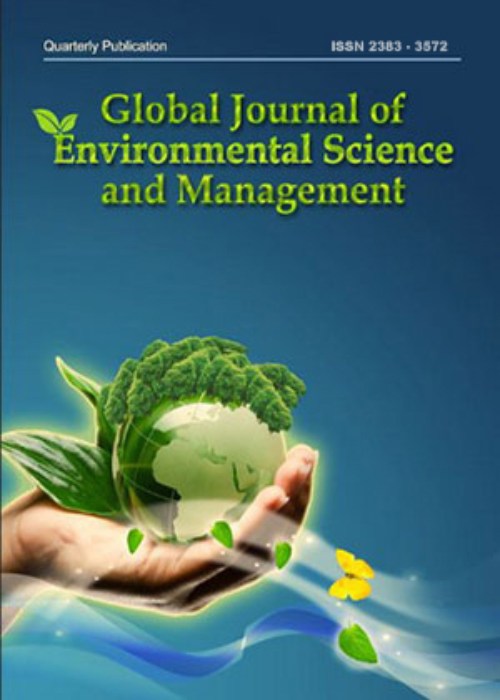Components and predictability of pollutants emission intensity
Author(s):
Article Type:
Research/Original Article (دارای رتبه معتبر)
Abstract:
BACKGROUND AND OBJECTIVES
The rank of Iran in terms of pollutant emissions, which mainly originate from the consumption of energy products, is much higher than the rank of gross domestic product, placing Iran the fourth in the production and consumption of gas and oil, among the cases with the highest emission intensity in the world. Different driving forces account for the high emission intensity. This study decomposes the changes in the aggregate emission intensity of the selected pollutants into a broader scope of driving forces including energy, urbanization, output, labor, and trade-related variables. The examined pollutants were far beyond carbon dioxide, including nitrogen oxides, sulphur dioxide, and carbon monoxide, emitted from energy product consumption. The aim of this study was to investigate the emission intensity of the selected pollutants and their components. METHODS
Decomposition analysis was done to decompose the emission intensity into a broader scope of the driving forces far beyond what examined in the literature. For this purpose, two well-known artificial neural networks, multilayer perceptron, and wavelet-based neural network were applied to forecast the emission intensity of the selected pollutants and their components.FINDINGS
The emission intensity of nitrogen oxides and sulphur dioxide illustrated a decreasing trend. In contrast, a general increasing trend with significant fluctuation was observed for carbon monoxide and carbon dioxide emission intensity. Among the components, energy structure, population-labor ratio, and trade openness showed an intensity decreasing effect, while urban per capita output, urbanization, energy intensity, and industrial output-trade ratio contributed to higher emission intensity of the pollutants. Moreover, the multilayer perceptron and wavelet-based neural networks were recommended to examine the predictability of the emission intensity and its components.CONCLUSION
It was found that intensive and extensive growth and energy structure were the most significant driving forces of the emission intensity. The forecast results indicated that the emission intensity of nitrogen oxides, sulphur dioxide, and carbon monoxide might be predicted by the applied networks with a prediction error of less than 0.2 percent. However, the prediction error for carbon dioxide emission intensity was much higher.Keywords:
Language:
English
Published:
Global Journal of Environmental Science and Management, Volume:9 Issue: 2, Spring 2023
Pages:
241 to 260
magiran.com/p2498065
دانلود و مطالعه متن این مقاله با یکی از روشهای زیر امکان پذیر است:
اشتراک شخصی
با عضویت و پرداخت آنلاین حق اشتراک یکساله به مبلغ 1,390,000ريال میتوانید 70 عنوان مطلب دانلود کنید!
اشتراک سازمانی
به کتابخانه دانشگاه یا محل کار خود پیشنهاد کنید تا اشتراک سازمانی این پایگاه را برای دسترسی نامحدود همه کاربران به متن مطالب تهیه نمایند!
توجه!
- حق عضویت دریافتی صرف حمایت از نشریات عضو و نگهداری، تکمیل و توسعه مگیران میشود.
- پرداخت حق اشتراک و دانلود مقالات اجازه بازنشر آن در سایر رسانههای چاپی و دیجیتال را به کاربر نمیدهد.
In order to view content subscription is required
Personal subscription
Subscribe magiran.com for 70 € euros via PayPal and download 70 articles during a year.
Organization subscription
Please contact us to subscribe your university or library for unlimited access!


